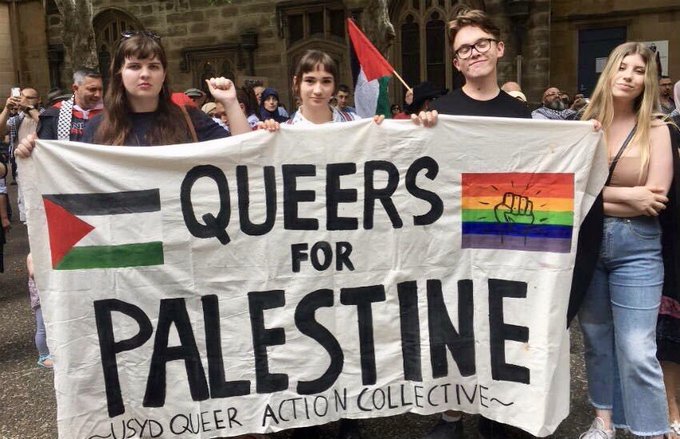As my good friend and occasional blog pinch-hitter William Teach has noted, the Editorial Board of The New York Times has unambiguously supported Israel following the sneak attacks by Hamas guerrilla fighters.
The brutal terrorist attack on Israel by Hamas is a tragedy, one that may change the course of the nation and the entire region.
The Editorial Board minced no words in calling the attacks “terrorist,” which they certainly were:
To the world’s horror, they attacked civilians — including older people, women and children — and took them hostage. More than 150 people remain captive in Gaza, in a further atrocity.
As we previously reported, the Times covered the attacks extensively. The 24-hour cable news networks? They are doing the same thing. But, as we also reported, the very #woke Philadelphia Inquirer has been strangely quiet on the whole thing. Columnist Trudy Rubin, who does appear to support the Israelis at least somewhat, criticized Israel’s security policies, which is at least realistic given that the nation was caught completely by surprise.
Far-left columnist Will Bunch? He gave the obligatory statement that yes, Hamas attack was “butcherous,” “immoral and unconscionable”, right before blaming Israel and it’s “long-running, brutal occupation regime”:
When I was 11, I naively hoped the song lyric, “War! What is it good for?” would be a transistor-radio memory and not a question I’d be asking myself again and again for the rest of my life. The butcherous attacks by Hamas on civilians in southern Israel are immoral and unconscionable — as are Israel’s policies that turned the Gaza Strip into an open-air prison for 2 million people. There were plenty of chances for the world to fight for peace in this troubled land, instead of waiting until the bombs are bursting in air, when it is always too late. On that same plastic radio, I heard John Lennon sing, “War is over … if you want it.” He would have turned 83 on Monday. . . . .
This week’s question: Most U.S. politicians have rightly condemned the barbarous attacks on civilians by Hamas, but with little mention of Israel’s long-running, brutal occupation regime. Is that fair under these circumstances? For a chance to be featured in my newsletter, email me your answer.

American leftists supporting a people who would throw them in jail — or off a tall building — if they were actually queer in ‘Palestine.’
The newspaper’s Editorial Board? Pretty much the same thing, telling readers how horrible Hamas surprise attack was, but then turning right around to blame congressional Republicans, and, for good measure, Donald Trump:
Over the weekend, rather than uniting around a plan for peace, Republican leaders, including Trump, tried to sow division by blaming Biden for releasing $6 billion in frozen Iranian assets in August as part of a prisoner swap.
Never mind that Secretary of State Antony Blinken said the money was earmarked for humanitarian support and had not been spent yet. Or that Trump may share some blame in provoking the Palestinians — and encouraging Netanyahu’s right-wing supporters — when he moved the U.S. Embassy from Tel Aviv to Jerusalem.
It would take someone completely uneducated in economics to fail to understand that even if the freed dollars were entirely spent on “humanitarian support,” the fact that they exist frees up other money which can be then used for other things, including weapons. And President Trump was simply obeying a long ago passed law which mandated the embassy move to Israel’s capital. Continue reading →


